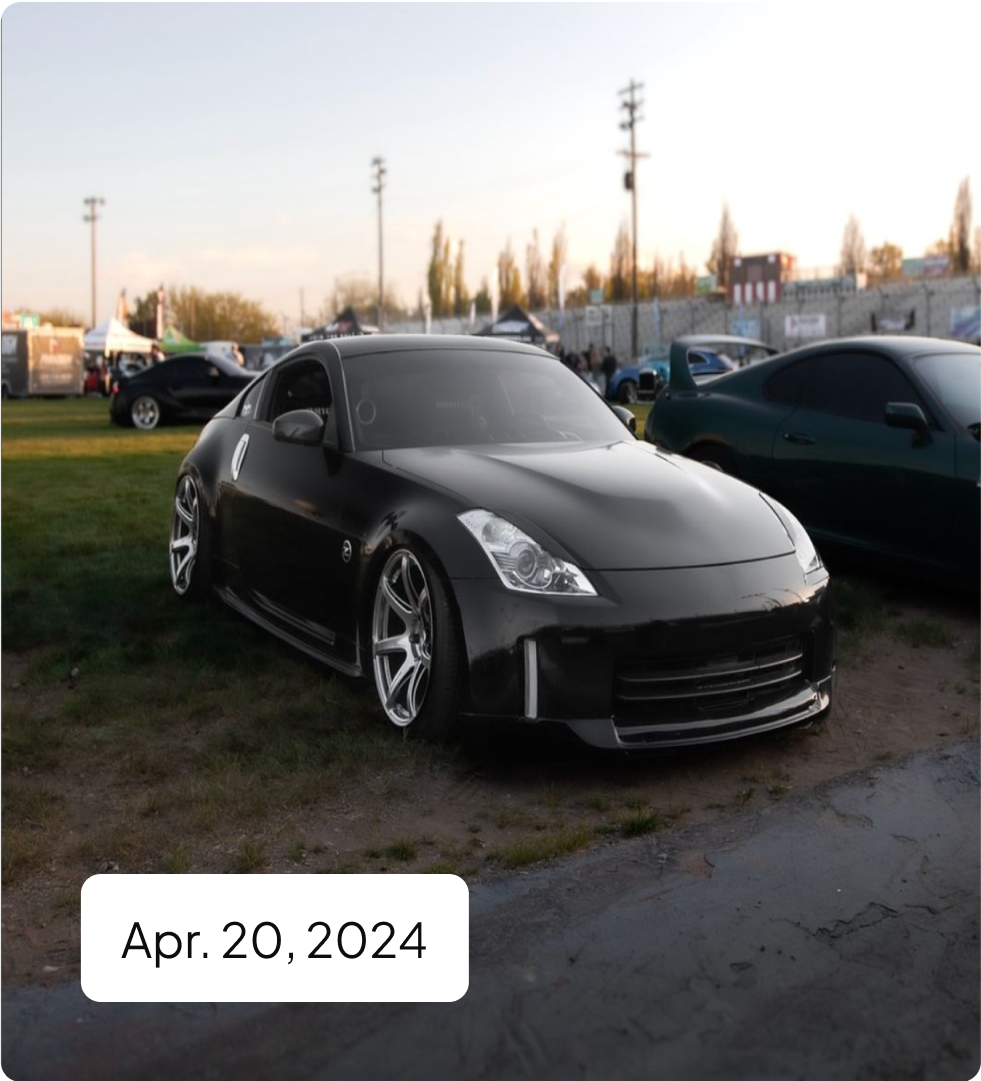
Newest in The Industry
Share
The automotive industry is a dynamic field, continually evolving with groundbreaking technologies, innovative products, and transformative services. As we approach the end of 2024, several new advancements are making waves and shaping the future of the car industry. Here’s a roundup of the latest developments you need to know about:
1. Breakthroughs in Electric Vehicle (EV) Technology
Electric vehicles are at the forefront of automotive innovation, and the latest advancements are pushing the boundaries of what's possible. Recent breakthroughs include:
-
Solid-State Batteries: Companies are making significant progress with solid-state batteries, which promise higher energy densities, faster charging times, and improved safety compared to traditional lithium-ion batteries. This technology could revolutionize EV range and performance.
-
Advanced Charging Solutions: New ultra-fast charging stations are being deployed globally, reducing charging times to mere minutes and making long-distance EV travel more feasible. Innovations like wireless charging pads are also emerging, offering a more convenient way to keep your EV powered.
2. Autonomous Driving Innovations
The race towards fully autonomous vehicles continues with several key developments:
-
Enhanced Sensor Technology: New sensor technologies, including advanced LIDAR and radar systems, are improving the accuracy and reliability of autonomous driving systems. These sensors provide a more comprehensive understanding of the vehicle’s environment, enhancing safety and navigation capabilities.
-
AI-Driven Driving Algorithms: Sophisticated AI algorithms are being integrated into autonomous systems to better handle complex driving scenarios and improve decision-making. This is bringing us closer to achieving level 4 and level 5 autonomy, where vehicles can drive themselves without human intervention.
3. Next-Generation Infotainment Systems
Infotainment systems are becoming increasingly advanced, with several new features enhancing user experience:
-
Augmented Reality Dashboards: Augmented reality (AR) is being used to project navigation and other critical information onto the windshield, providing drivers with real-time data and reducing distractions.
-
Advanced Voice Assistants: New voice recognition systems are more intuitive and capable, allowing drivers to control various functions with natural language commands. These systems are also learning from user interactions to offer more personalized assistance.
4. Sustainable Materials and Manufacturing
The automotive industry is increasingly focusing on sustainability, with innovations aimed at reducing environmental impact:
-
Eco-Friendly Materials: Automakers are incorporating sustainable materials such as recycled plastics, bio-based composites, and organic fabrics into vehicle interiors and exteriors. This reduces reliance on traditional, non-renewable resources.
-
Green Manufacturing Practices: Advances in manufacturing processes are making production more eco-friendly. Techniques such as water-based paints and energy-efficient production methods are helping to lower the carbon footprint of vehicle manufacturing.
5. Connected Car Technologies
The Internet of Things (IoT) is transforming how vehicles interact with the world:
-
Vehicle-to-Everything (V2X) Communication: V2X technology enables cars to communicate with each other and with infrastructure such as traffic lights and road signs. This enhances safety, optimizes traffic flow, and provides real-time updates on road conditions.
-
Over-the-Air (OTA) Updates: Automakers are increasingly using OTA updates to improve vehicle software, fix bugs, and add new features. This reduces the need for physical service visits and ensures vehicles are always up-to-date with the latest technology.
6. Innovations in Car Design
Design trends are evolving to meet both aesthetic and functional demands:
-
Aerodynamic Enhancements: New aerodynamic designs are improving vehicle efficiency and performance. Innovations in aerodynamics are reducing drag, which helps to increase fuel efficiency and extend EV range.
-
Modular and Customizable Interiors: Automakers are offering more modular and customizable interior options, allowing drivers to tailor the cabin layout and features to their personal preferences.
7. New Mobility Services
The concept of mobility is expanding beyond traditional vehicle ownership:
-
Car-Sharing and Ride-Hailing Services: New car-sharing and ride-hailing models are emerging, offering flexible transportation options and reducing the need for personal vehicle ownership. These services are becoming more integrated with public transportation systems for a seamless mobility experience.
-
Subscription Models: Vehicle subscription services are gaining popularity, providing consumers with access to a variety of vehicles for a monthly fee. This model offers flexibility and convenience for those who prefer not to commit to a single vehicle long-term.
8. Enhanced Safety Features
Safety technology continues to advance, offering new ways to protect drivers and passengers:
-
Driver Monitoring Systems: Advanced driver monitoring systems are using cameras and sensors to track driver attention and alertness, helping to prevent accidents caused by drowsiness or distraction.
-
Improved Collision Avoidance Systems: New collision avoidance technologies are incorporating machine learning to predict and respond to potential hazards more effectively, reducing the likelihood of accidents.
Conclusion
The automotive industry is experiencing rapid advancements across multiple fronts, from electric vehicles and autonomous driving to infotainment and sustainability. Staying informed about these innovations is crucial for anyone interested in the future of transportation. As these technologies continue to develop, they promise to reshape how we drive, interact with our vehicles, and approach mobility in the years to come. Keep an eye on these trends to stay ahead in the ever-evolving world of automotive technology.







